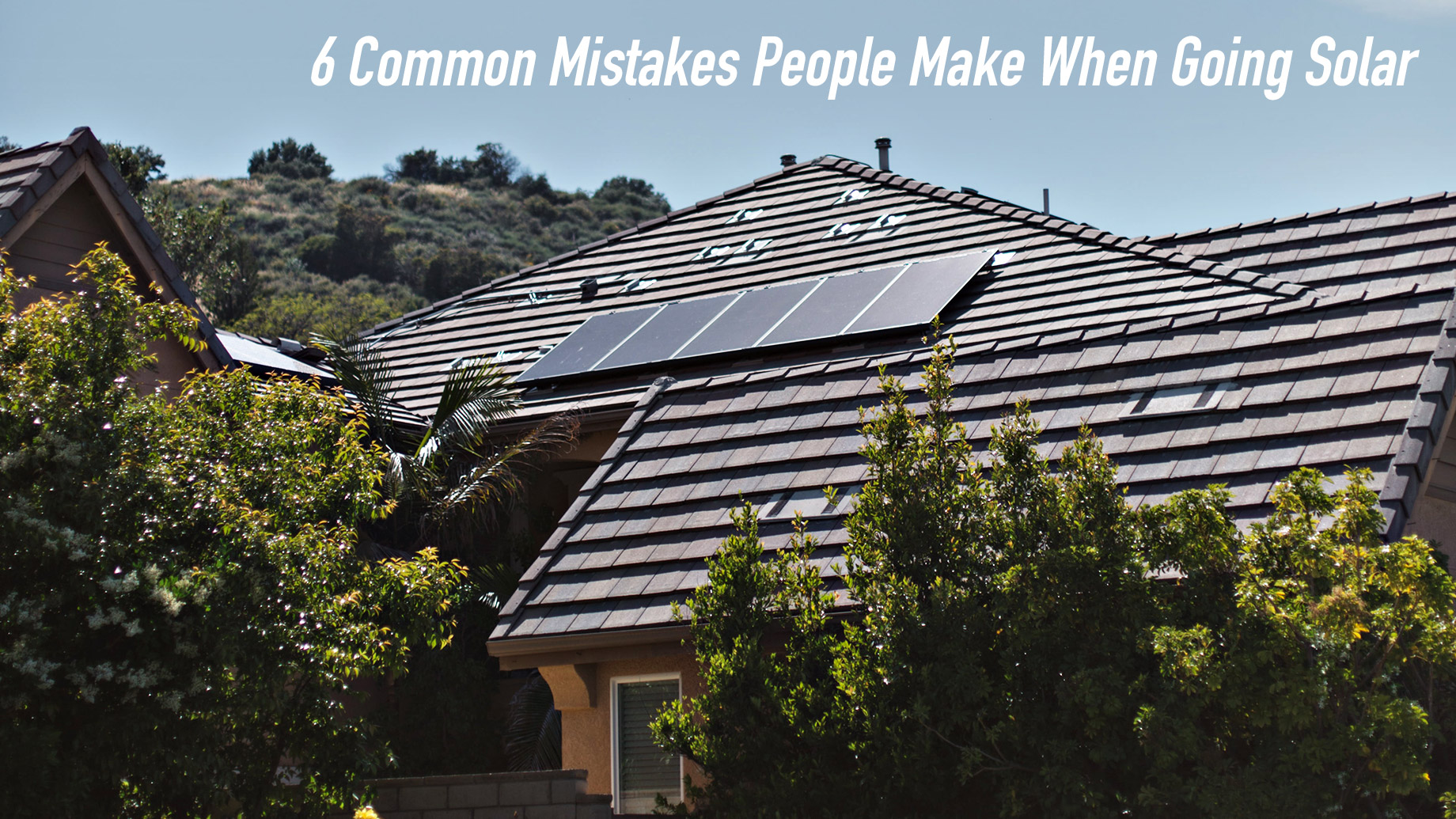
The path to living a fully sustainable life is full of as many stumbling blocks as there are good intentions. Those seeking out more renewable energy sources, for one, can make expensive albeit highly avoidable mistakes when moving to harness solar energy for residential use.
Here are some of the common mistakes you have to look out for when going solar.
1. Thinking that the only way to harness solar power is by installing panels on the roof
There are a lot of reasons why the use of rooftop solar panels has not completely taken off. Aside from the fact that the purchase of panels and the installation work required may be expensive, traditional solar panels do not exactly enhance the traditional aesthetics of a place.
But then again…whoever said panels have to be installed on the roof?
You actually have a lot of options on where you want to install solar panels. There are ground-mounted panels for those who have ample backyard or lawn space, for starters. You can also opt to have windowpane panels installed instead.
2. Not fully understanding the warranties involved in buying solar panel systems
Most people think investing in a solar panel system is a lifetime investment. However, parts of the system may break down from time to time, so it always pays to be aware of any warranties that come with your purchase of a solar panel system.
Most systems will guarantee the best performance for only about 10-12 years, after which you have to be more conscious about maintenance work to protect the system against defects, environmental hazards, and general wear and tear.
3. Not researching extensively about the solar panel products before buying
Generally, you have to keep in mind that not all solar panel systems are created equal. Aside from warranties, the kind and quality of cells also differ depending on the manufacturer, so you really have to do your research before purchasing one.
There are three major types of panels, too: thin-film, polycrystalline, and monocrystalline. Each one has a unique set of advantages and disadvantages, mostly in terms of cost and efficiency.
4. Thinking that installing panels is the only way to utilize solar power
Now that you know that buying, installing, and maintaining solar panels, the next big mistake you can make is to completely give up on going solar just to avoid all the hassle.
Fact: you don’t actually have to own solar panels to use solar power.
Have you heard of shared solar farms? If not, then it’s high time you read up on some community solar FAQ so acclimate yourself with one of the easiest ways to use solar energy to power your gadgets and electric furniture at home.
Through this method, you won’t have to deal with scouring the market for the most efficient and cost-effective panels, having them installed, and doing most of the maintenance work yourself. In most cases, the local government and the solar farm operator will take care of all that — leaving you with the sole responsibility of paying for a subscription.
5. Thinking that shifting to solar is expensive
While it’s true that all kinds of solar power systems or technology require capital investment, making the shift is still one of the most cost-efficient home upgrades you can do, given the amount of money you can save in the long-term because renewable power remains cheaper than fossil-based options.
Furthermore, one really can’t put a price on the peace of mind families acquire when they make a sustainable choice such as going solar. Knowing that you’re no longer contributing, or at least contributing less to the harmful emissions warming up the globe might in fact be the most important payback you can gain from making the shift to solar power.
6. Settling for DIY solar systems
There is nothing wrong with DIY or off-grid, plug-and-play solar systems. They will still reduce your household’s dependence on high-impact power sources. However, make no mistake in expecting that these ‘portable’ options will allow you to go fully solar.
At best, they can power up your devices and gadgets for daily use, but you would still rely on utility-given electricity for most of your household needs. As long as you’re aware of this fact, then all is good.
In a nutshell, harnessing solar power for residential use is getting less and less complicated by the day. You just have to study your options well, pick a system that works for you, and stick to it.